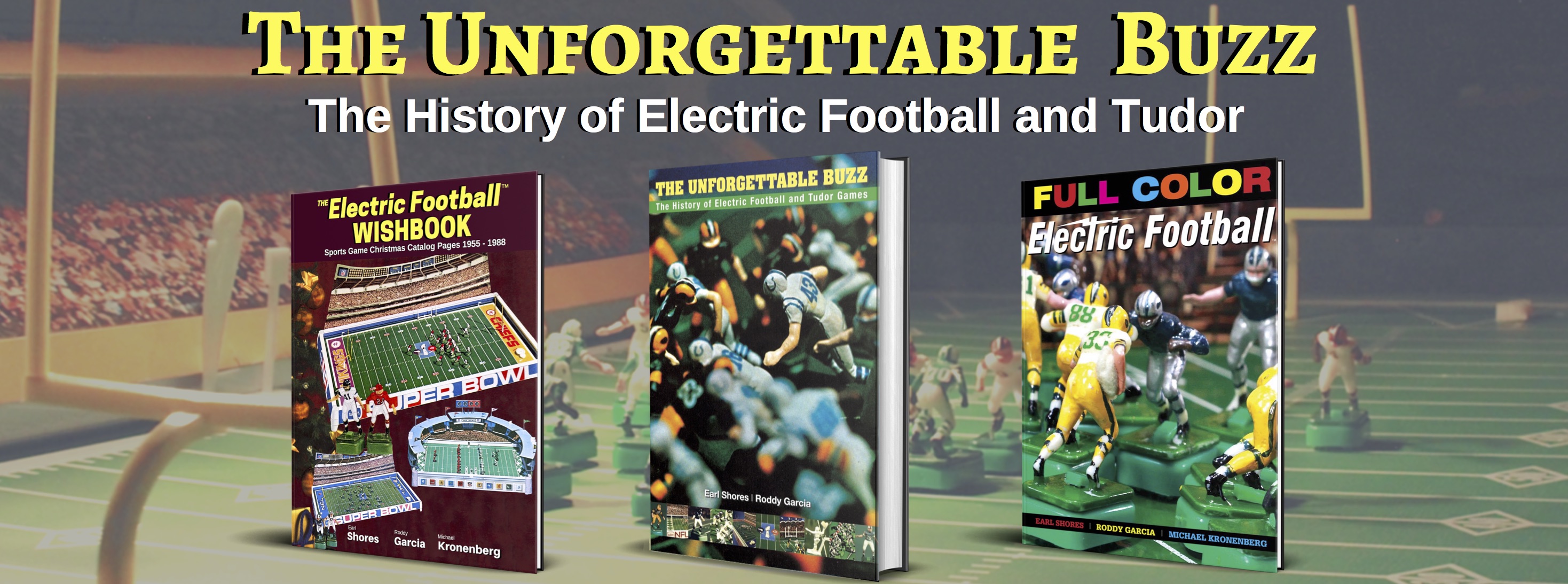Electric Football Timeline 1963 – A Size War Erupts
Tudor and Gotham War of Words Tudor’s new Sculpt-Action players are so successful that Gotham “borrows” from Tudor and makes their own 3-D Electric Football players. The two companies have a public “War of Words” in the toy trade publication … Continue reading
